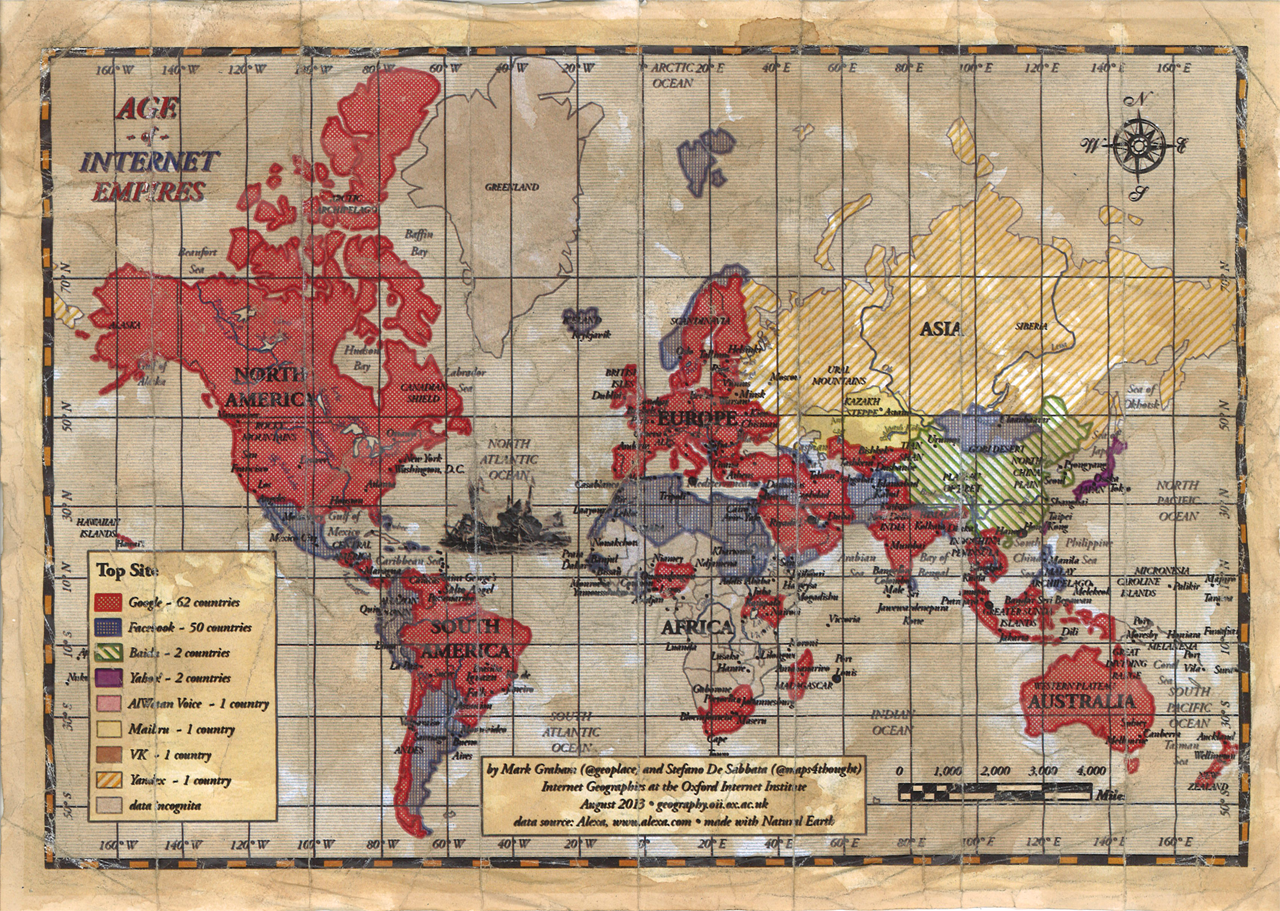
Telecoms companies are facing extremely testing times as they are forced to evolve in the face of digitization, which is creating impacts across the tech landscape and has been doing so for some time. What are those changes and what do they mean for the average small business?
Inevitable Declines?
Over the past decade, telecoms has seen a slow decline in revenue growth, EBITDA and cash flow margins. This is largely because people are quickly switching from using SMS text messages and making phone calls to using data-enabled instant messaging and Voice over IP services. In 2010, landline and mobile telephone calls accounted for 55% of communications, whereas in 2015 it was less than 33%.
Room for Improvement
The digitization of communications isn’t going to lead to the extinction of telecoms, it may just force the industry to change drastically. Telecoms companies will need to reinvent their core and digitize, which is the priority of most telecoms executives. Disruption also comes in the form of efficiency improvements, such as PBX systems, which are becoming very popular with small businesses. This Grasshopper review outlines how the PBX system provided by Grasshopper can save businesses money simply by using a traditional plain old telephone system.
How the Core is Being Reinvented
The core of telecoms is being changed to include multiple channels for customer touchpoints along the customer journey, including stores, social media, websites and more. Telecoms B2C businesses are having to prove themselves with every interaction, focusing on delivering a great customer experience, both in the physical and digital realm.
Digital products are becoming a significant source of profits, such as electronic care like fully digital troubleshooting and software repair issues. This form of digital care, including the use of AI chatbots, can not only offer new sources of revenue, but it can also reduce call volumes and operating expenses.
According to McKinsey, the more digital the journey, the higher the satisfaction in Western European telecom customers, so digitizing operations not only saves money, but it also leads to higher customer satisfaction which can increase profits by reducing customer churn and developing brand loyalty.
Extra Business Sectors
Telecoms companies must adapt, and in doing so, they are looking to penetrate additional business sectors, as well as pump a lot into internal R&D to create new and exciting services. Digital-service portfolios have been a focus for half a decade now, with some telecoms companies making acquisitions in financial services, IT services, media, health-tech and utility-tech among many more. 5G will give companies access to the promising IoT market, which is forecasted to be an industry of the future. Smart cities are being built with IoT technology at their core and if telecoms companies can successfully ward off competitors in the smart city market, they will have a clear path to future success.
In the B2C world, telecoms companies looking to become successful multiservice providers will need to create a focused offering that falls in line with their brand and develop low-cost platform-based solutions in areas that will be disrupted by technology in the near future; however, they need to be careful to manage their risk and not put all their eggs in one basket.

Founder Dinis Guarda
IntelligentHQ Your New Business Network.
IntelligentHQ is a Business network and an expert source for finance, capital markets and intelligence for thousands of global business professionals, startups, and companies.
We exist at the point of intersection between technology, social media, finance and innovation.
IntelligentHQ leverages innovation and scale of social digital technology, analytics, news, and distribution to create an unparalleled, full digital medium and social business networks spectrum.
IntelligentHQ is working hard, to become a trusted, and indispensable source of business news and analytics, within financial services and its associated supply chains and ecosystems




























